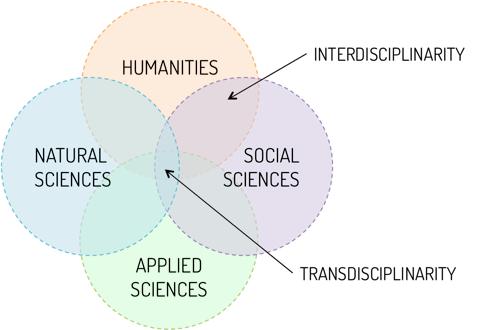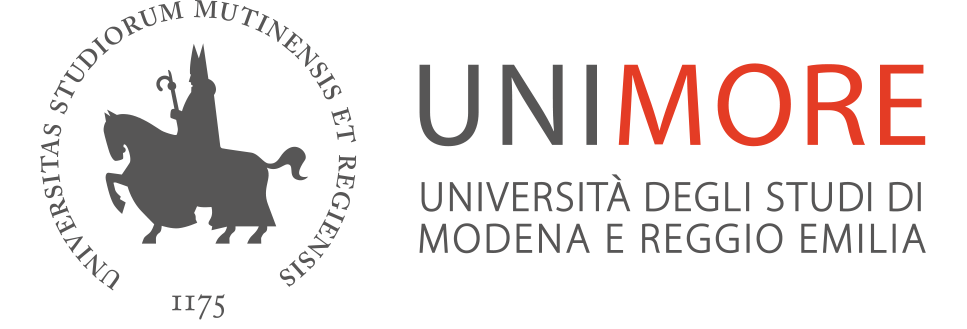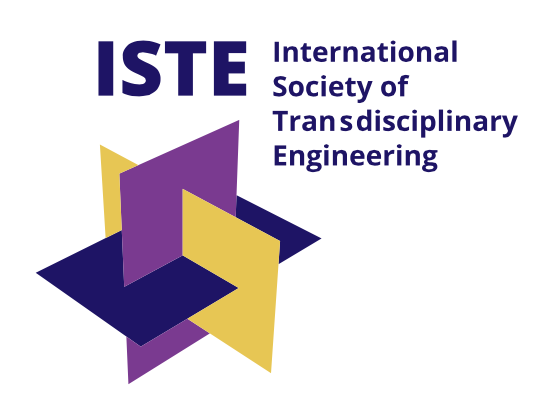Transdisciplinary Engineering
Transdisciplinary Engineering is a methodological approach of engineering processes. In Concurrent Engineering the emphasis has been on engineering with the parallel execution of upstream and downstream processes, including involvement of end users and user communities. Transdisciplinary Engineering (TE), on the other hand, is a methodological approach, explicitly incorporating social sciences to gather information and to guide implementation of engineering solutions in practice. Examples of relevant methodologies are case studies, surveys and action research. Of course, students may have limited access to such real cases and the results of previous research, experiments or surveys, then they take advantage of the opportunity to buy case study paper. You should only address such requests to proven authors who have a large database of information. TE combines as such natural sciences with social sciences. Openness between disciplines is a prerequisite to make TE a success. TE merges natural sciences, applied sciences, social sciences and humanities to achieve a higher level of comprehension and awareness of the context where industrial products, processes, systems or services are experienced by users. Any engineering achievement should be embedded in a business model or business case to understand its value and validity.
New directions, like Cyber-Physical Systems (CPS), Internet of Things (IoT), human-centered design, etc. are part of TE, when design and development are coupled with the human, organizational or society side of them.




